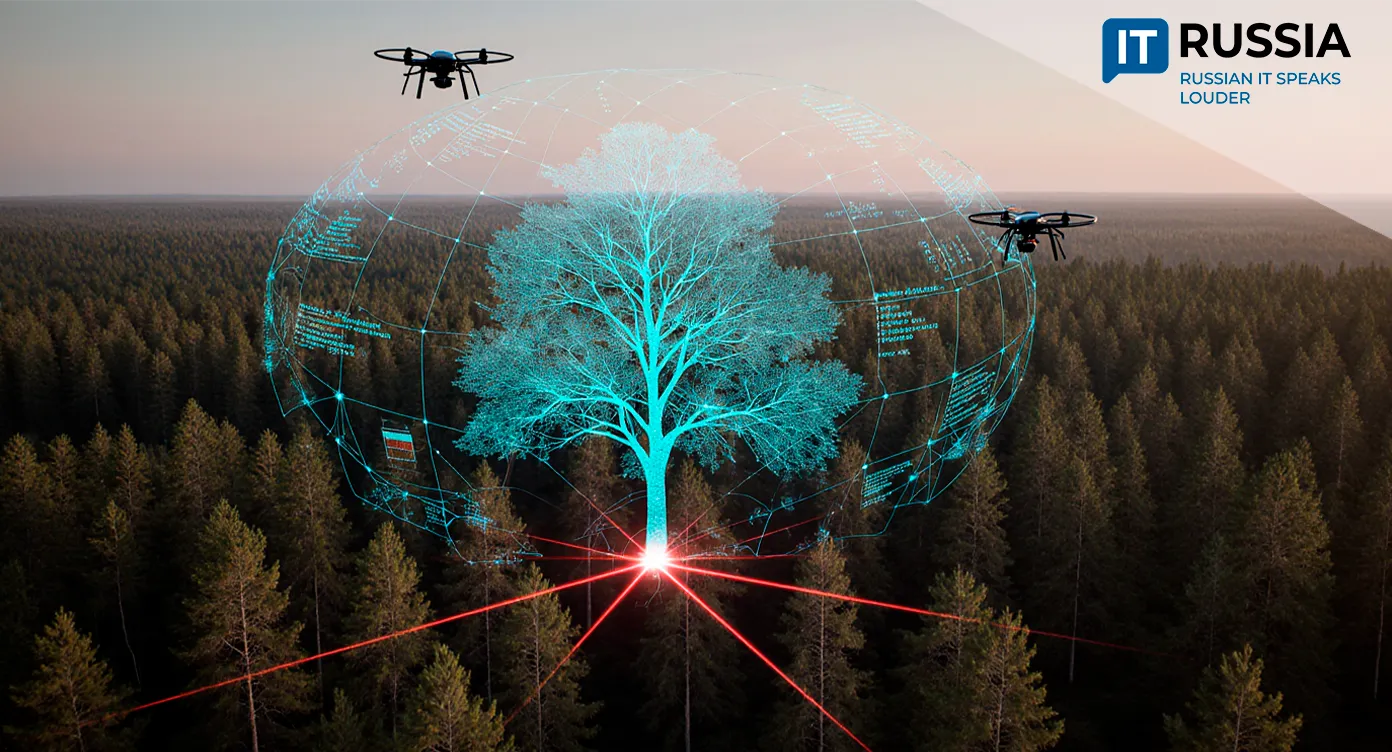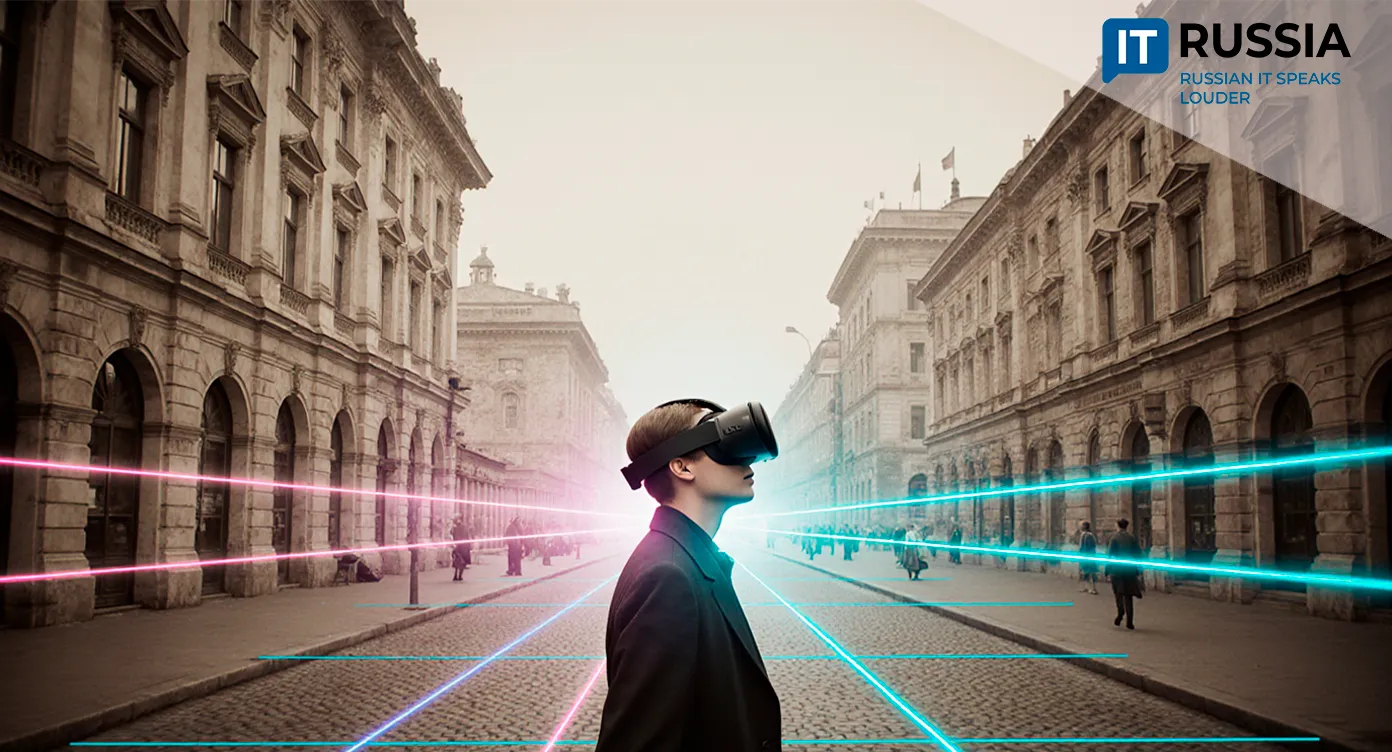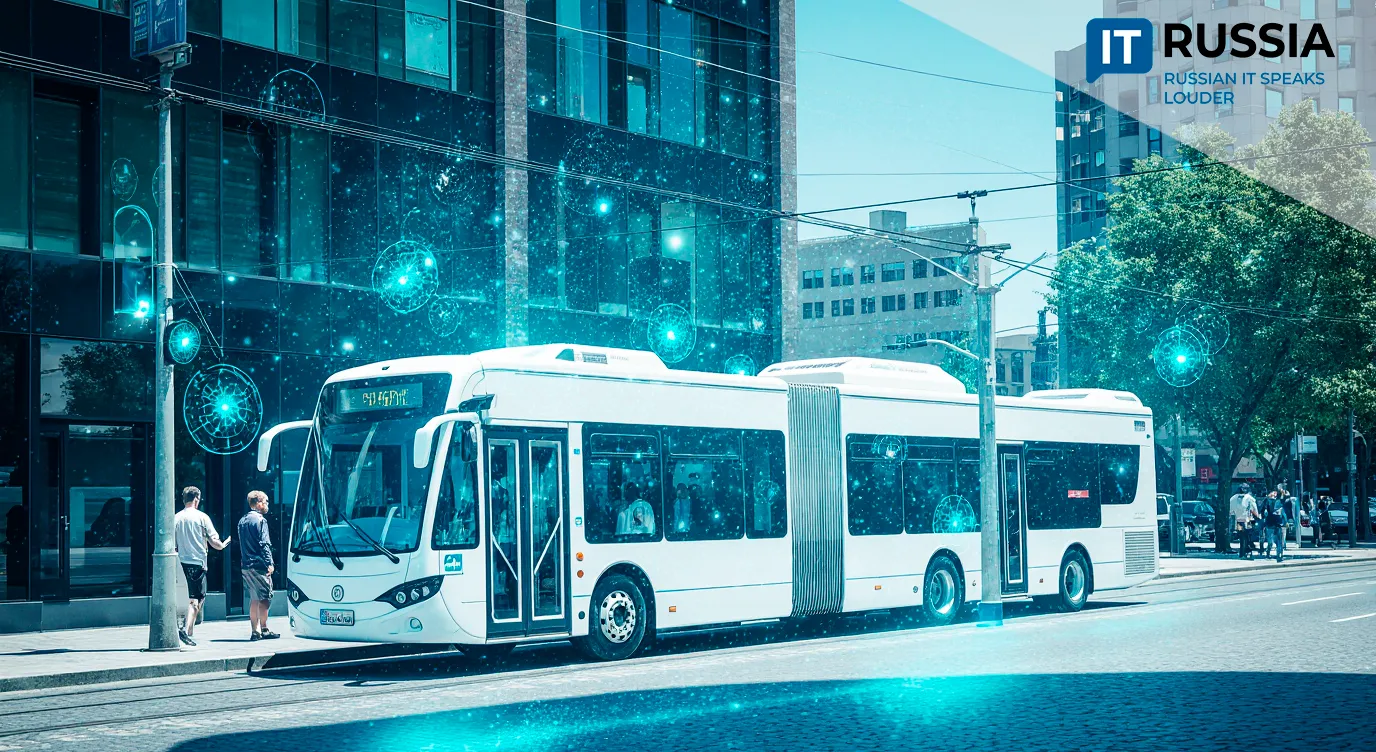GIS Housing and Utilities: Driving Russia’s Digital Transformation of Urban Services

Russia is taking its housing and utilities sector to the next level with a sweeping digital transformation. The national GIS Housing and Utilities platform, once focused only on apartment buildings, is now being expanded to include private homes.
What Changes in the System
This strategic decision by Russia’s Ministry of Construction will fundamentally reshape how citizens interact with housing and utilities services, while opening new opportunities for managing the sector.
Launched in 2016, the GIS Housing and Utilities (GIS HUS) is a unified federal platform designed to collect, process, and provide data on every aspect of housing and utilities management. Initially, the system focused on apartment complexes, which account for about 92% of the country’s housing stock. Now it will also cover private homes. This requires updating regulations and services, such as online voting for homeowners and management reporting, while adding new modules tailored to individual housing and integrating with additional digital resources.
For millions of Russians, this expansion means greater transparency, access to convenient online services, and complete information about their homes and utilities.
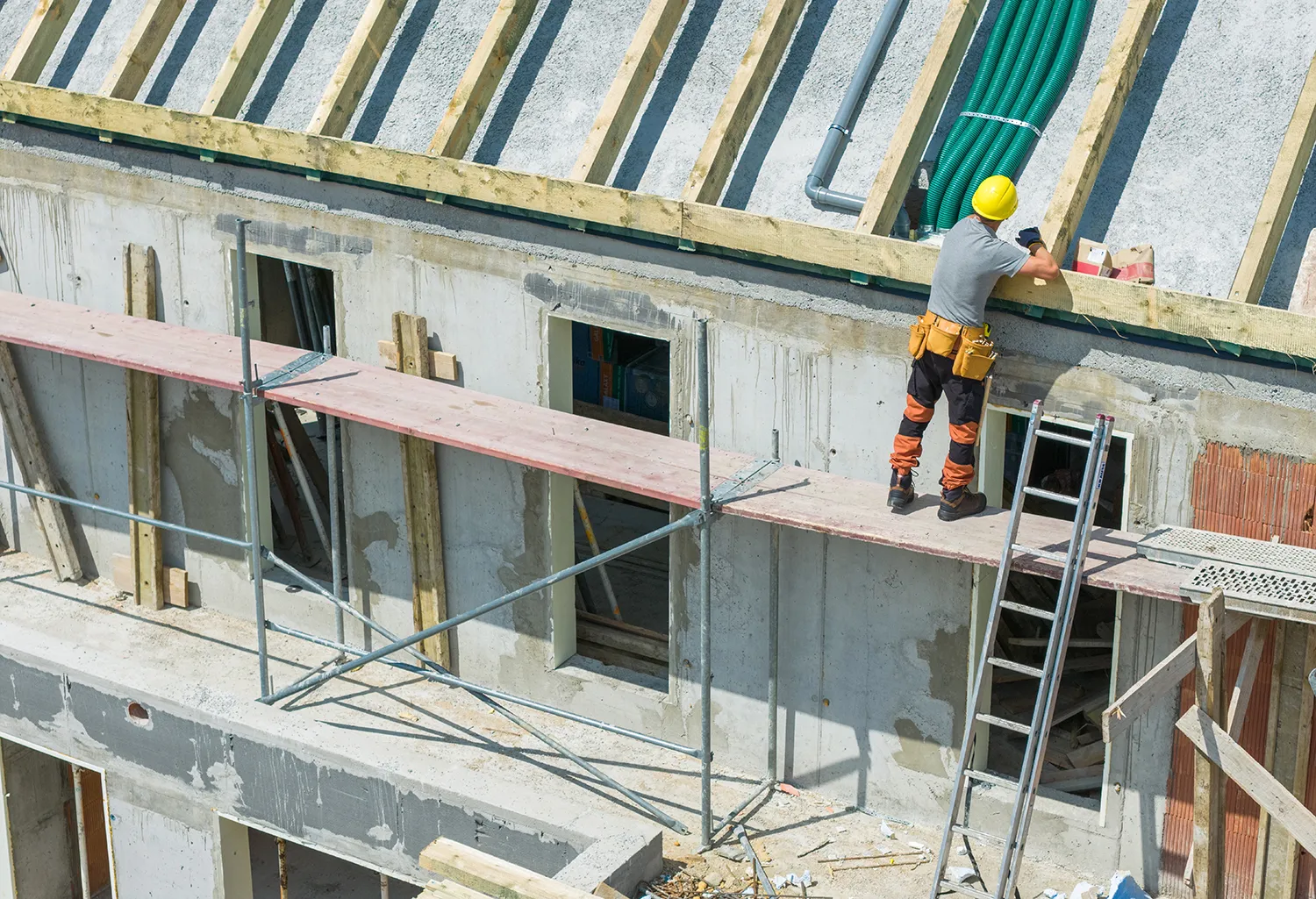
Stages of GIS HUS Development
2016 – official launch, creation of a unified platform for the housing and utilities sector. 2017 – added monitoring of public amenities and expanded citizen services. 2021 – the system was transferred to the Ministry of Construction. 2022 – mobile app released, simplifying user access. 2023 – large-scale modernization with new services and tools.
Digitalization at the National Level
Digitalization in housing, utilities, and construction is carried out under several national programs. In parallel with GIS HUS, the Ministry of Construction is developing digital twins of cities—virtual models that integrate infrastructure and transportation data. This initiative complements GIS HUS and is a key part of Russia’s broader digital transformation.

A major achievement has been the reduction of administrative barriers: mandatory requirements have dropped from 11,000 to 380, required documents from 989 to 568, and the investment-construction cycle has been shortened by 600 days. By 2030, the goal is to further streamline procedures, cutting documentation to 350 and project timelines to 1,000 days. This will significantly ease processes for both property managers and homeowners.
Development and Integration
The growth of GIS HUS strengthens the institutional framework of Russia’s housing and utilities sector and aligns with the national project Infrastructure for Life, which emphasizes innovation-driven infrastructure. Future plans include full integration with AI and analytics, predictive modeling of housing development, expanded interfaces and user services, and even the export of the platform as a digital solution.
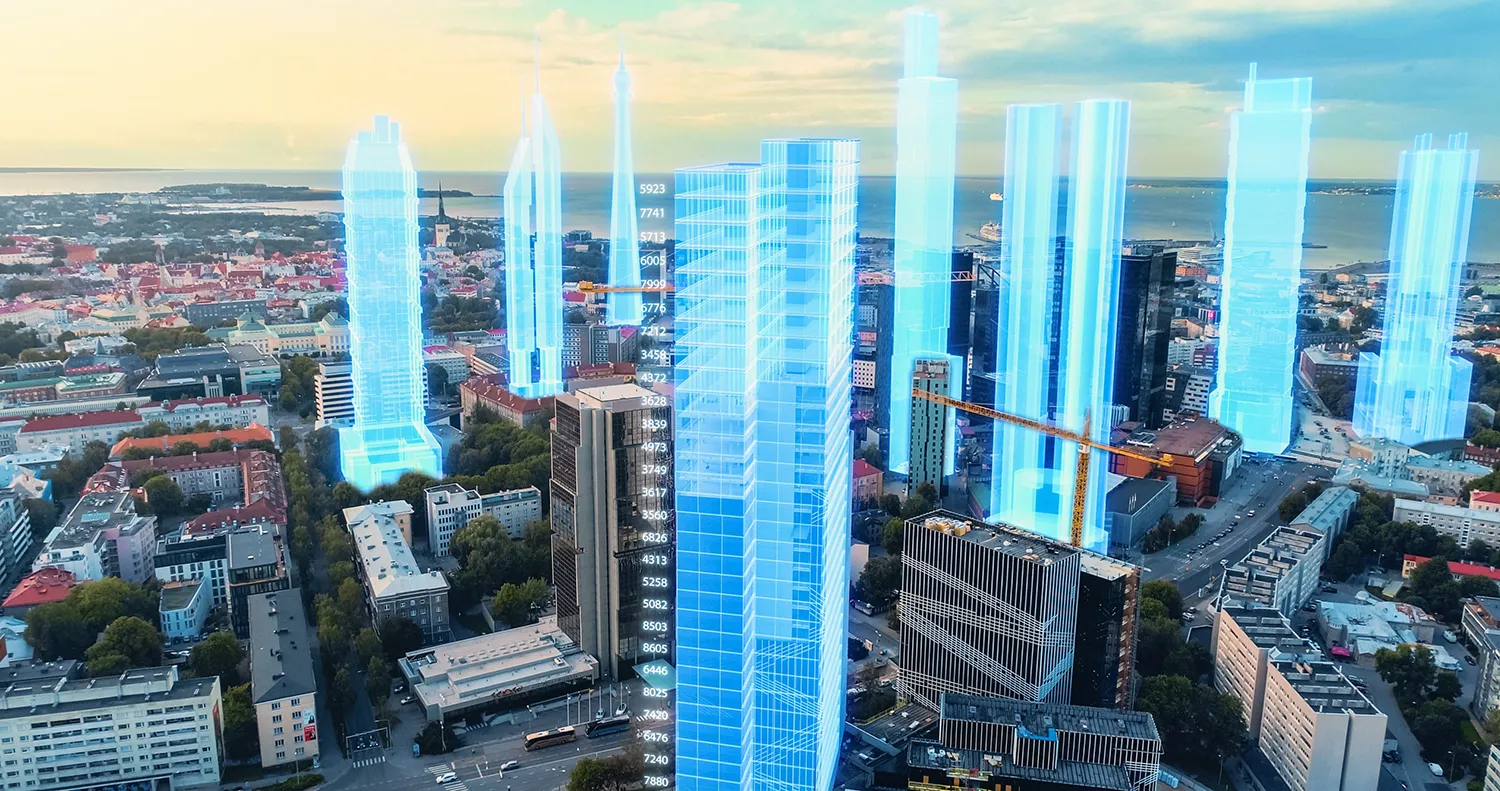
This approach mirrors global trends in smart infrastructure management and opens the door for exporting Russian IT solutions abroad. Extending GIS HUS to private homes is a logical step in Russia’s digital transformation of the utilities sector. It not only boosts transparency and accountability but also creates a foundation for true innovation. Meanwhile, the development of city digital twins demonstrates a comprehensive strategy for managing urban infrastructure. For Russia, it means reduced bureaucracy, faster project execution, and the foundation of smart cities. For the world, it presents a working model of digital urban governance that can be adapted internationally.











